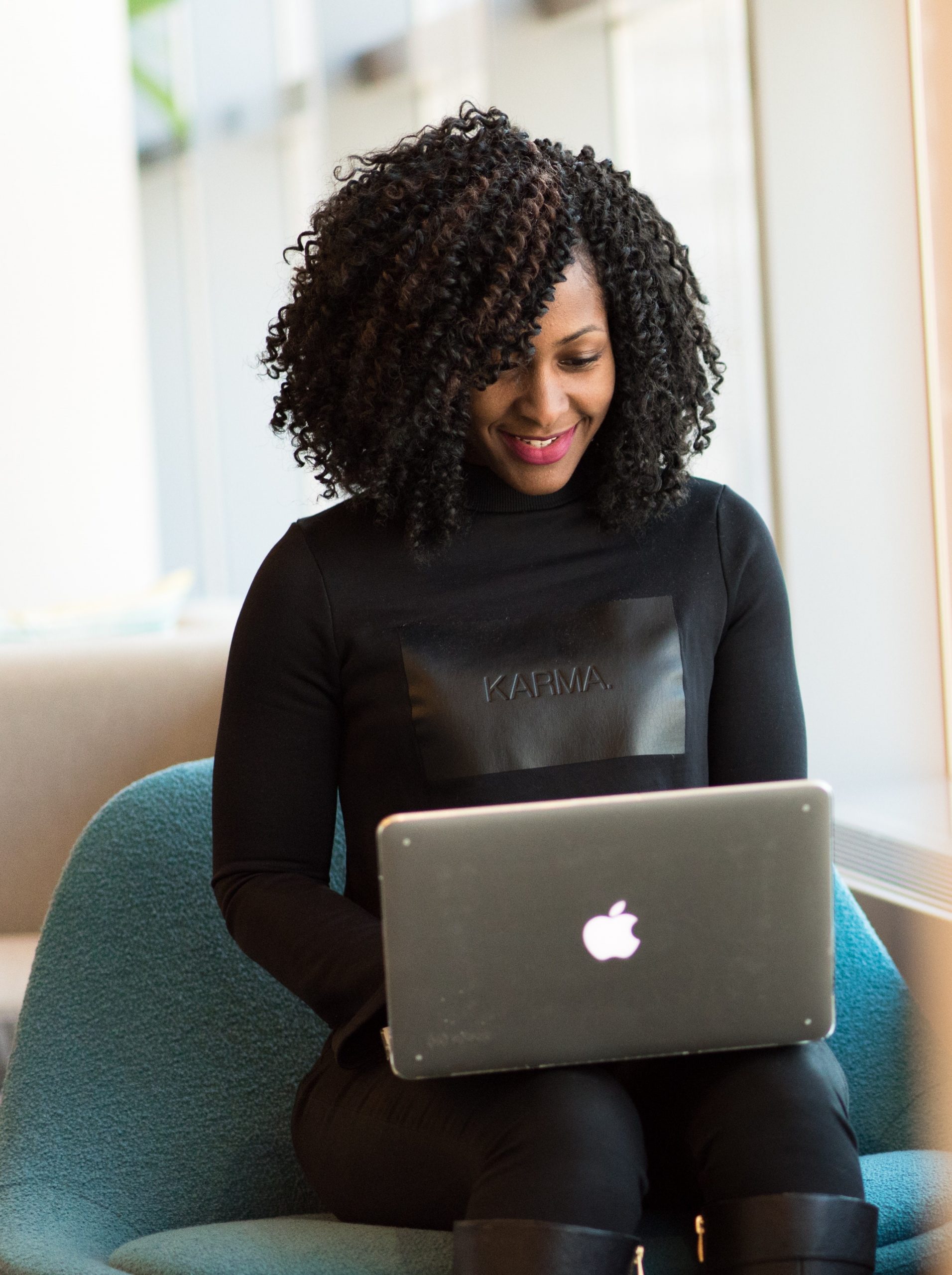…Breaking news: It already has!
With the instantaneous shift to virtual communication, wider personal space is now the norm, but think of all the “old” behaviors driven or facilitated by simply leaving home for work.
The author of this Fast Company article poses a legitimate question: What if all of this forced virtual work and consumer behavior remains the norm? To some extent, we think the behavior is permanently changed; how much remains to be seen.
Not only will many more continue to work remotely, but hundreds of mundane decisions made each day by those very workers will be changed just as suddenly as this health emergency has hit the globe. That stop at the gas station on the way to work for a coffee? Lunch with co-workers at the café across from the office? This list goes on – all potentially disrupted. And this is true for almost everyone, not just those working at home.
Therefore, marketing – NOT clever messages and design – is needed in order to navigate the ever-changed market terrains to be carved out of this crisis. Clever and creative take advantage of the course and add to its ability to take us to our goals; they don’t set the course.
The Hard Questions
The way forward is not clear: Who’s changed, to what, how much, and for how long are just some questions that are yet to be answered for all kinds of consumer and B-to-B purchases.
Effective marketing to address the altered environment will be based on objective facts reflecting buyer behavior and the reasons for it. Only then can any competitive strategy, marketing plan or delivery be made with the hope of success, beyond the kind of luck that leads the blind squirrel to the occasional acorn. The trouble is luck is hard to reliably repeat.
Overstated? No. More likely, understated.
Behavior in most every sector has changed and very few will return to normal, and even then, will their customers? If not, even those businesses that could go back to the way it was will find that Thomas Wolfe was right: You can’t go home again.
When B to B and B to C goods and services providers start to emerge and open shop, very careful assessment of the new environment will be required. The questions that we posed above about the way forward (Who’s changed? To what? How much? For how long?) and others must be confronted with cold objectivity. That’s the hard part. Once we’ve answered those hard questions, the task going forward involves deciding what to do about the answers.
The Decision is Made Easier with a Clear View of the Course Ahead
When we founded Dorsey & Company more than 30 years ago, we knew that before anything else, we wanted to serve our clients with objective, fact-based COMPETITIVE strategy before recommending any tactics. All tactics are good, they’re like a bag of golf clubs. One is no better than the other – – it all depends on the course, the hole, the position relative to the pin – – AND who’s swinging the club. The same is true in marketing aimed at a specific goal. Before that moment arrives when things return to some semblance of normal, the time is now to prepare to serve the current and new markets that may demand your products and/or services – whether in a brick-and-mortar, online, some combination of both, or not at all.
A structured process of objective analysis leads to the right steps and the right time and so on. Or, there’s the option of doing what worked before and just hope it all “works out.”
We believe most people actually prefer the former and urge them to start planning for future success now, even as many scramble to survive. The goal after all is not to merely survive.
When you’re ready to step out, consider Dorsey & Company to take the hard look at the new normal, come back with analysis and recommendations for moving ahead on a new path, charted for success based the hard work of finding and exploiting competitive strategy.

